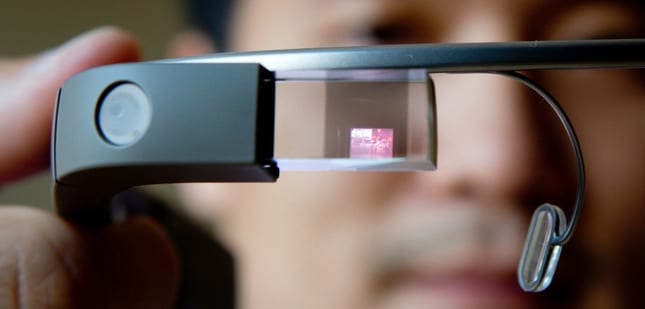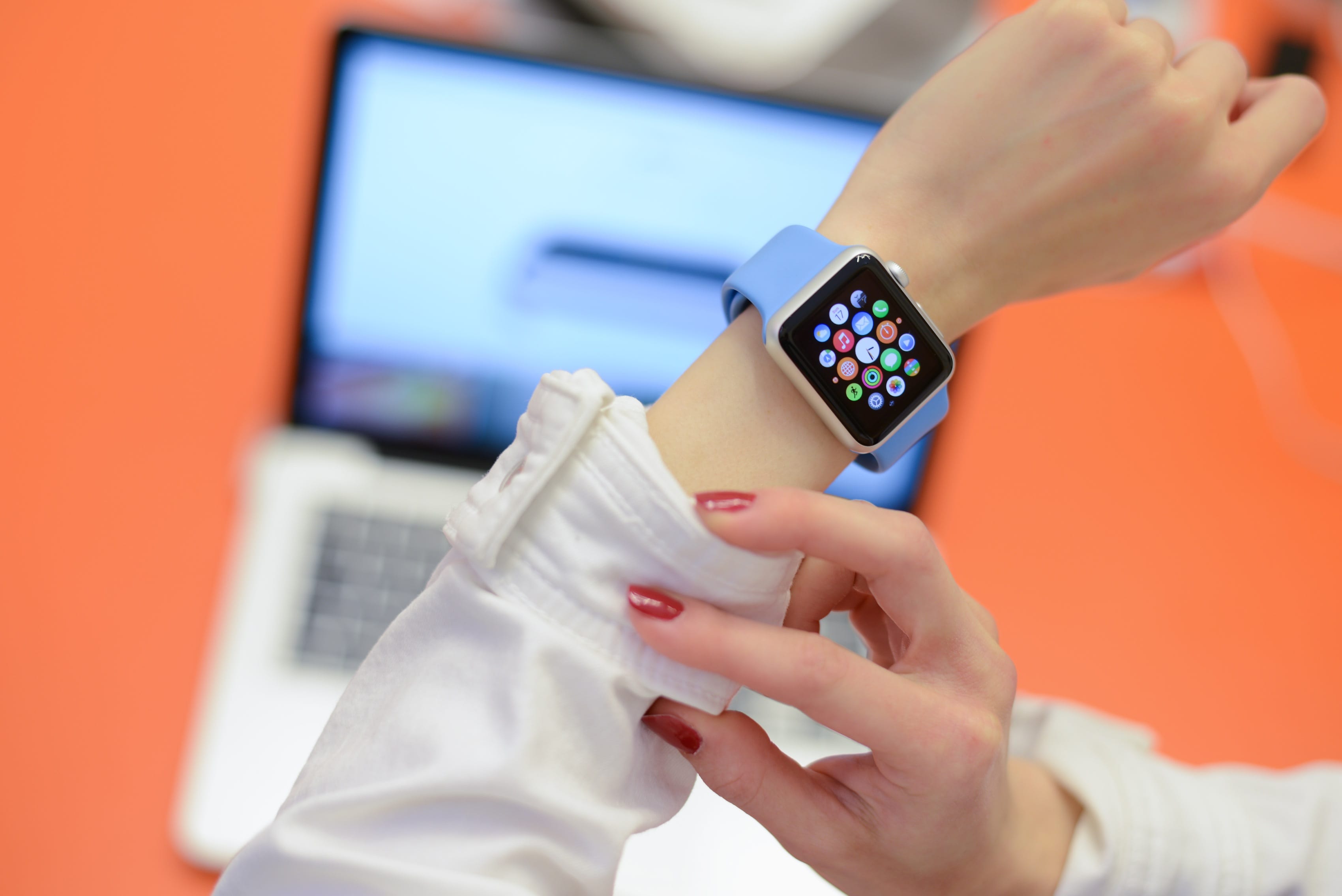
Wearable technology is not a new concept. I still remember using the “Power Glove” for the original Nintendo back in 1989, and technically, that was wearable technology.
But today, wearable technology has turned into an entirely new category. Today, these devices range from smart glasses, like Google Glass, to smart watches, to fitness bands and other health and fitness technology. Fitness bands have certainly emerged as the most successful wearable computing device, but they are a great example of a technology from this category that has defined it to date, but has very little relevance for field service.
Which brings up the question: what does this all mean for field service? Do you need to pay close attention? Is it all hype?
Well, we’d like to help you get a better picture of the wearable computing phenomenon by giving you our advice for your field service organization in three parts:
1. Track progress in wearables
Wearables are the real deal, but may not have reached maturity as a technology category yet, at least for field service. Smart glasses are certainly a promising area of development, but today they are not simple enough nor affordable enough to warrant investment from most field service organizations. Same goes for smart watches. Again, a VERY promising category, but not quite where it needs to be for field service use. But because there are several areas that are showing promise, and because the next big thing in wearables may have not even be on the market yet, it’s an area to track closely and analyze the progress… because it’s going to happen quickly!
2. Experiment, hands-on
I have seen multiple videos showing how smart glasses work for field service. A technicians is led through his glasses to the product that needs to be fixed. A schematic pops up and show him the problem area. He then searches a knowledge base for information, etc… One day, this will be possible and it’s certainly worth having that vision for the future and watching it evolve over time. But today, for you and your field service organization, the only way to truly know whether a new technology is worth your consideration is to try it hands on. Videos have a way of creating idealized scenarios that may one day be reality, but getting technology in your hands and trying it for yourself in real scenarios is the only way to truly know if it’s right for you and your business.
3. Don’t forget about the software
Wearables certainly look cool (or at least futuristic) and it’s easy to get caught up in the visual element, but don’t forget about how important the software is too. While this is admittedly a somewhat self-serving piece of advice for ServiceMax, it’s important that the hardware your technicians are using is fully integrated with your service systems. Let’s say you equip you techs with a new smart watch so they can accept work orders and perform other simple tasks. Well, if those smart watches can’t connect to your service system, they’re pretty much just a time keeper. ServiceMax is closely tracking new technologies that show promise in field service and will be experimenting and building new products that fit the needs to technicians in the field. You want your software technology partner to have a keen eye for how new hardware will be able to integrate, because without that integration, those new “smart” technologies aren’t so smart after all.
ServiceMax is closely monitoring advancements in wearables. We are already building apps for Google Glass and it is our mission to be on the forefront of field service technology so that we’re ready when those technologies hit prime time. As a field service organization though, you have a limited budget for technology, and change management is a big undertaking. We understand the significance of decisions to adopt new technology and want to help guide you through that process when the time comes.
Want to see how the Internet of Things will impact field service? Check out our infographic here!


Share this: